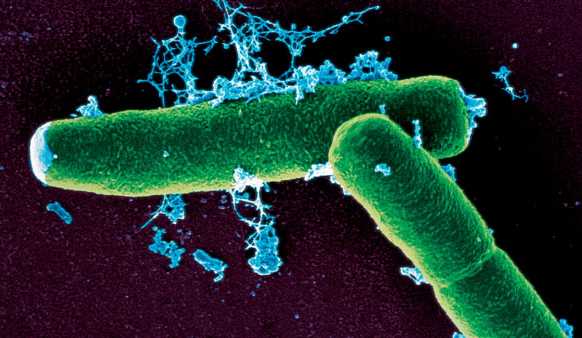Team:Washington/Gram Positive
From 2010.igem.org
Anthrax
Anthrax is a lethal disease caused by the bacterium Bacillus anthracis, which can spread by ingestion, inhalation, or cutaneous lesion contact of spores. This disease is not contagious, cannot be transferred from an infected organism, though bacterial spores can be transported in a multitude of ways and will infect potential victims.
Bacillus anthracis is found in two forms: spore and vegetative. Spores of Bacillus anthracis are extremely resilient, remaining potent even after enduring the harshest climates for centuries. After spores successfully infect an organism, Bacillus anthracis changes to its vegetative state and begins growth and reproduction. The vegetative state is the source of the anthrax disease. If the vegetative state is exposed to oxygen, it immediately changes to the spore form, becoming infectious once again.
CapD
Anthrax creates a poly-γ-D-glutamate (PDGA) capsule which prevents the immune system from recognizing it as a pathogen and performing phagocytosis to eliminate the threat. Naturally, anthrax excretes a long strand of PDGA and uses its CapD to cleave and anchor the PDGA to its peptidoglycan, the outer coat of the cell membrane, as a protective capsule; however, research based on a guinea pig model (Scorpio 2010 et al) shows overexpression of CapD will destroy the capsule, removing anthrax's immunity to phagocytosis.
Goal
CapD is naturally a transpeptidase, favoring reactions with amino acids to cleave PDGA. However, CapD would be invaluable as a hydrolase, reacting efficiently with water, because of high water content in the human bloodstream. If a mutant CapD could be engineered as an extremely efficient hydrolase, it is theorized that a single dose of concentrated CapD into the blood stream would easily decimate anthrax populations, nullifying its lethal properties.
 "
"



